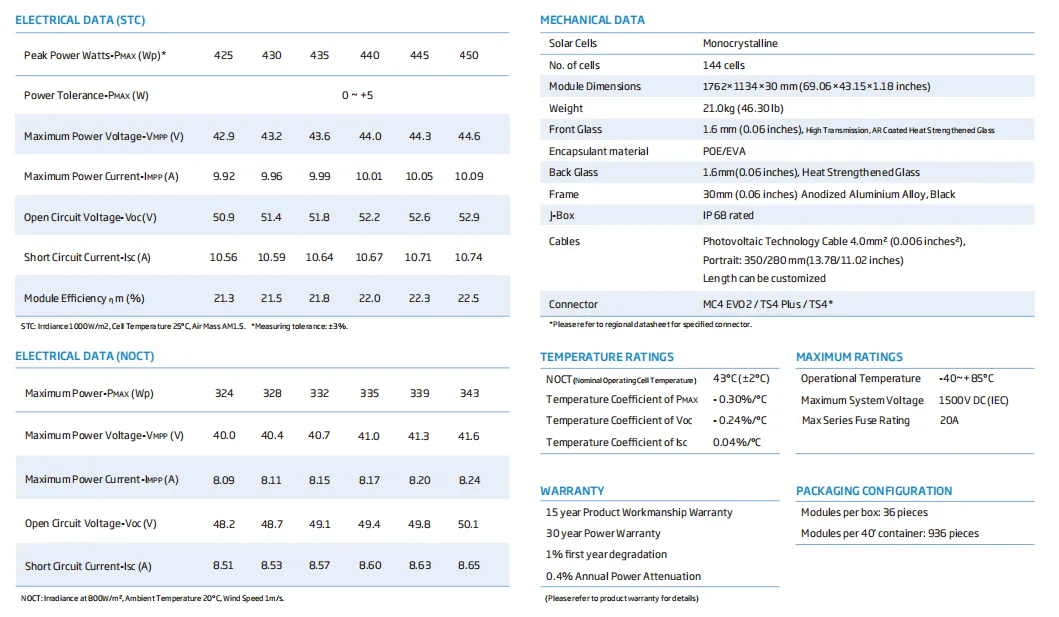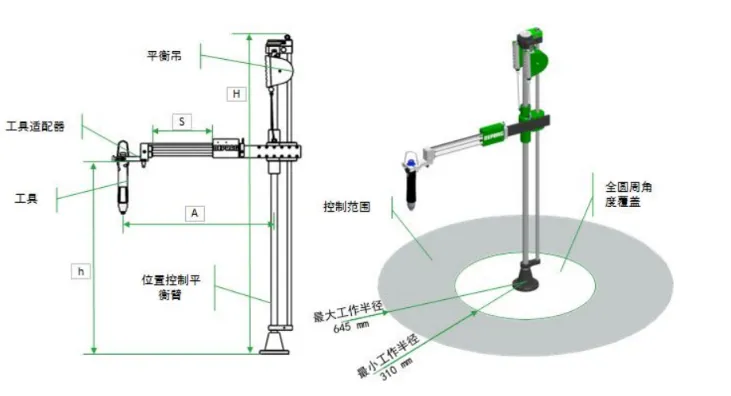Bifacial vs Monofacial Solar Panels Cost, Efficiency & ROI Compared
- Understanding Basic Concepts: Bifacial vs Monofacial Solar Technology
- Performance Metrics and Energy Yield Comparison
- Cost Analysis: Initial Investment vs Lifetime Value
- Technical Specifications Across Leading Manufacturers
- Environment-Specific Design Recommendations
- Real-World Implementation Case Studies
- Strategic Decision Factors for Commercial Adoption

(bifacial vs monofacial)
Bifacial vs Monofacial Solar Technology: Core Differentiators
Bifacial solar panels generate electricity from both sides by capturing albedo light reflection, achieving 8-20% higher energy yield compared to monofacial counterparts (NREL 2023). This dual-sided absorption requires specialized mounting systems with elevated structures (30-50cm ground clearance), increasing material costs by 12-18%. Monofacial panels maintain dominance in rooftop installations (78% market share) due to simpler installation requirements.
Energy Output and Financial Implications
Field tests demonstrate bifacial modules produce 1,550 kWh/kW annually versus 1,320 kWh/kW for monofacial systems in optimal conditions. Despite 22% higher upfront costs ($0.38/W vs $0.31/W), bifacial arrays achieve ROI 2.3 years faster in utility-scale deployments. Degradation rates differ significantly:
- Bifacial: 0.45% annual degradation (35-year linear warranty)
- Monofacial: 0.55% annual degradation (30-year warranty)
Manufacturer Landscape and Product Specifications
| Brand | Bifacial Model | Monofacial Model | Efficiency | Cost/Watt |
|---|---|---|---|---|
| LONGi | Hi-MO 6 | Hi-MO 5 | 22.8% vs 21.3% | $0.41 vs $0.34 |
| Jinko | Tiger Neo | Eagle G4 | 23.2% vs 20.6% | $0.39 vs $0.32 |
Site-Specific Engineering Solutions
Bifacial performance varies dramatically with surface reflectivity:
- Desert installations: 27% gain with white sandstone (albedo 0.55)
- Grassland projects: 11% gain (albedo 0.25)
- Urban rooftops: 6-8% gain with reflective coatings
Operational Success Stories
The 2.1 GW Al Dhafra project (UAE) combines bifacial panels with single-axis trackers, achieving record-low $0.0135/kWh PPA rates. Contrastingly, the 850 MW monofacial plant in Texas maintains 34% capacity factor through advanced cooling techniques.
Choosing Between Bifacial and Monofacial Systems
Commercial adopters should evaluate three critical parameters: land costs (>$15,000/acre favors bifacial), O&M budgets (bifacial requires 18% higher maintenance), and regulatory constraints (28 markets restrict ground-mounted bifacial installations). Hybrid configurations now enable 14-19% cost savings by combining both technologies.

(bifacial vs monofacial)
FAQS on bifacial vs monofacial
Q: What's the main difference between bifacial and monofacial solar panels?
A: Bifacial panels generate energy from both sides using sunlight and reflected light, while monofacial panels only utilize the front side. Bifacial panels typically yield 10-20% higher efficiency but may require specific installation conditions.
Q: Are bifacial solar panels more expensive than monofacial ones?
A: Yes, bifacial panels generally cost 15-30% more upfront due to dual-side technology and specialized glass. However, their increased energy output can offset the higher initial cost over time.
Q: Which panel type is better for residential rooftops: bifacial or monofacial?
A: Monofacial panels are more common for rooftops due to simpler installation and cost-effectiveness. Bifacial panels work best in ground-mounted systems with reflective surfaces to maximize rear-side gains.
Q: How do bifacial panels achieve higher efficiency compared to monofacial?
A: Bifacial panels capture direct sunlight on the front and reflected/ambient light on the rear. This dual absorption boosts performance, especially in environments with high albedo surfaces like snow or white gravel.
Q: Do bifacial solar panels require more maintenance than monofacial?
A: Both types have similar maintenance needs, but bifacial panels benefit more from regular cleaning of both surfaces. Their rear-side glass must stay clear to maintain optimal reflection benefits.
-
String Solar Inverter: The High-Efficiency Solution for Smart Solar EnergyNewsJul.14,2025
-
Revolutionizing Rooftop Energy with the Power of the Micro Solar InverterNewsJul.14,2025
-
Power Independence with Smart Off Grid Solar Inverter SolutionsNewsJul.14,2025
-
On Grid Solar Inverter: Powering the Future with Smart Grid IntegrationNewsJul.14,2025
-
Monocrystalline Solar Panels: High-Efficiency Power for the Future of Clean EnergyNewsJul.14,2025
-
Bifacial Solar Panel: A Smarter Investment for Next-Generation Energy SystemsNewsJul.14,2025







